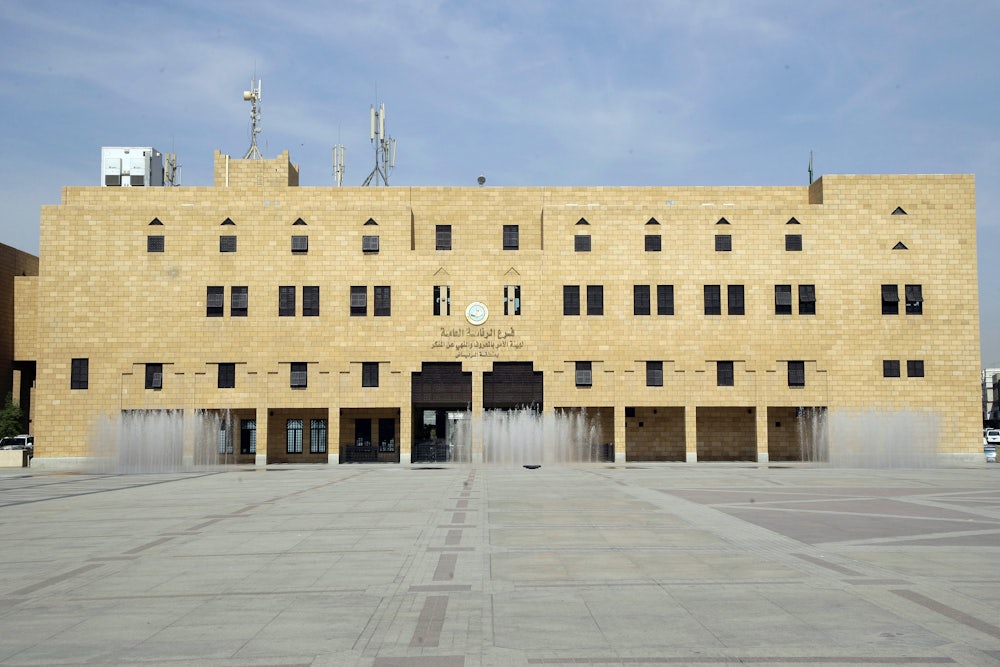http://www.voanews.com/content/western-power-reportedly-buying-is-oil-while-bombing-oil-facilities/3087987.html
FILE - A Russian aerial image reportedly shows heavy trucks crossing the Syrian-Turkish border near Turkish check point Reyhanli.
Jamie Dettmer, December 04, 2015
The U.S.-led coalition is determined to disrupt the Islamic State group's oil trade, which earns Islamic State (IS) an estimated $10 million a week. But while the West is bombing oil trucks and facilities, Western countries also are indirectly buying the jihadists’ oil, admit Western diplomats.
Hours after Britain's House of Commons Wednesday approved a request by Prime Minister David Cameron to expand his country’s bombing campaign against the Islamic State to include targets in Syria, British warplanes struck at oil facilities controlled by the jihadists.
Fifty-six kilometers inside Syria's eastern border with Iraq, four British Tornado jets struck facilities in the Omar oilfield that help finance IS. Syrian monitoring groups say that other oil-related targets were struck by coalition warplanes this week.
In this photo made from video taken from Russian Defense Ministry official web site on Oct. 1, 2015, an aerial image of what they purport shows lines of oil trucks 14 km (8.8 miles) east of Dayr-az-Zawr, Syria.




